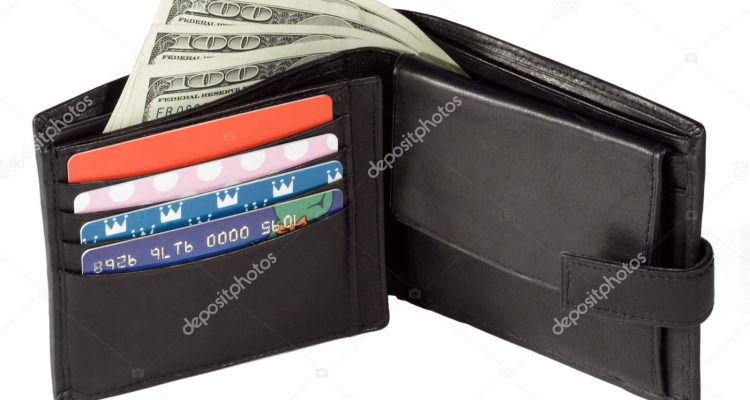You need a crypto wallet to store your digital cash if you want to buy, sell or trade Bitcoin and other cryptocurrencies. You can either choose “cold” wallets that are stored on devices not connected to the internet, or “hot” wallets which are kept on your computer or phone.
Crypto wallets protect the information you’ll need to show proof of your money. They safeguard your public and private keys, which are similar to username and passwords in the real world that can authorize transactions in the cryptocurrency world.
So, do you need to buy a separate crypto wallet? No, not always. Even though some investors would rather oversee their own wallets, custodial wallets are an option as well. With custodial wallets, the digital assets are stored in ones that the platforms keep an eye on. Some of these places even offer rewards or interest on cryptocurrencies depending on how long they’re kept there.
Custodial wallets have recovery methods in case you lose your login credentials, which can be helpful for beginners. Non-custodial wallets mean you’re in control, but if you forget your login information or get hacked,you could permanently lose access to your funds.
However, crypto exchanges also have their own security risks. They can be a magnet for hackers because of the high value they hold.
A crypto wallet is a digital storage device that allows users to access funds on a blockchain. Every wallet has a private and public key, which are strings of numbers and letters generated using cryptography.
The following are some of the most important components of a wallet.
A public key determines the address used to send crypto funds to the wallet and is generally open to view by anyone on the blockchain.
A private key is a code that is used to authenticate transactions and should not be shared with anybody else. Because the wallet manages this key using its software, you won’t have to enter it manually.
A recovery phrase, sometimes known as a seed phrase, is a series of 12 to 24 words that can be used to unlock your wallet if you lose access.
A password will be necessary to access your wallet. This is comparable to a password you may use to log into any other computer service, such as an email client.
Crypto wallets can be classified as hot or cold based on how they store your information.
To move money from one wallet to another, copy the recipient’s public key into your wallet’s send function. The wallet will “sign” the transaction with your private key after you press “send.”
Make sure you input the recipient’s public key accurately; once sent, those funds can’t be recovered.
Desktop, browser-based, and mobile software applications on internet-connected devices are referred to as hot wallets. Hot wallets may often perform additional tasks in addition to storage, such as connecting to blockchain apps.
While hot wallets are more quickly accessible, they might not be as secure since hackers could have an easier time reaching them.
Cold wallets are offline hardware storage solutions for your private keys. Although a piece of paper with your key written on it is technically a cold wallet, the term usually refers to a specific gadget that connects to your computer’s USB port.
It’s tempting to save your keys the old-fashioned way, but hardware wallets employ technological advancements that make saving, moving, and backing up your cryptocurrency easier. Cold wallets can’t be accessed online, but they do need safety precautions such as a safe to keep them from getting damaged, lost, or stolen.
You can buy hardware wallets from the companies that make them, or from some stores. Popular choices for hardware wallets are Safepal, Trezor and Ledger devices, which cost between $49.99 and $255.
For a mix of security and convenience, you may use both wallet types, keeping easy-access funds online to trade and earn interest while safeguarding more significant assets in your safe.
